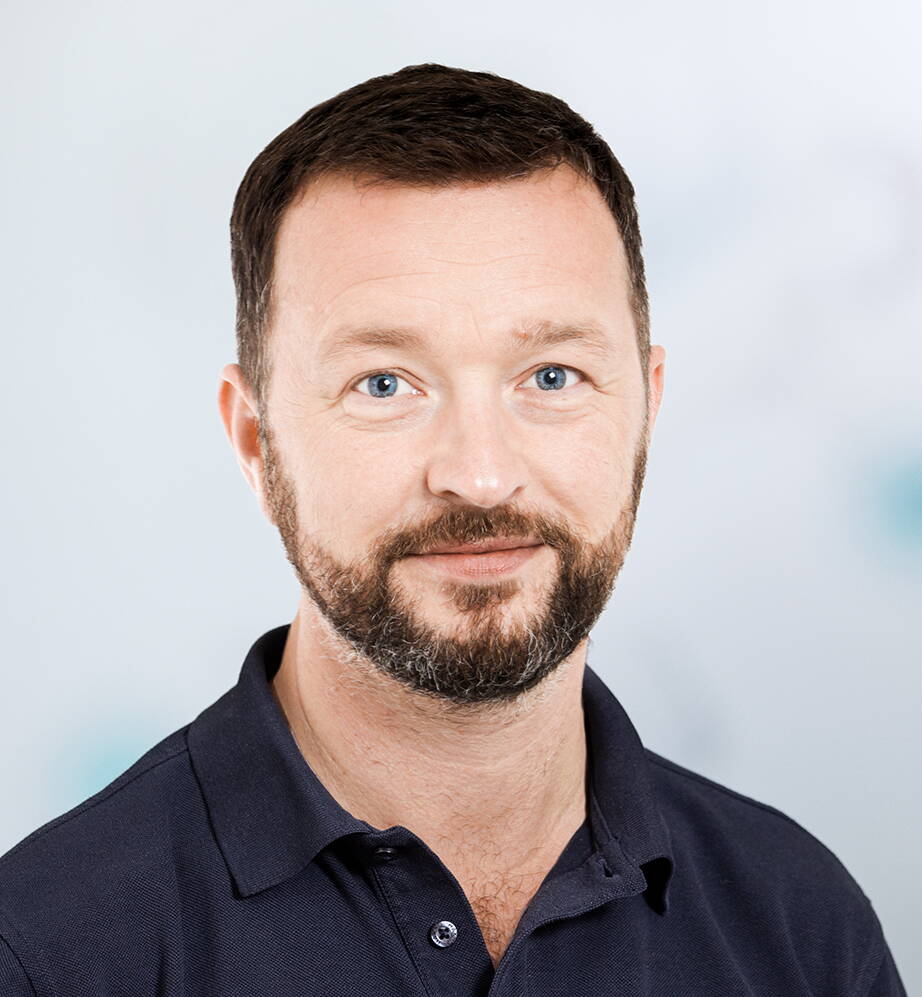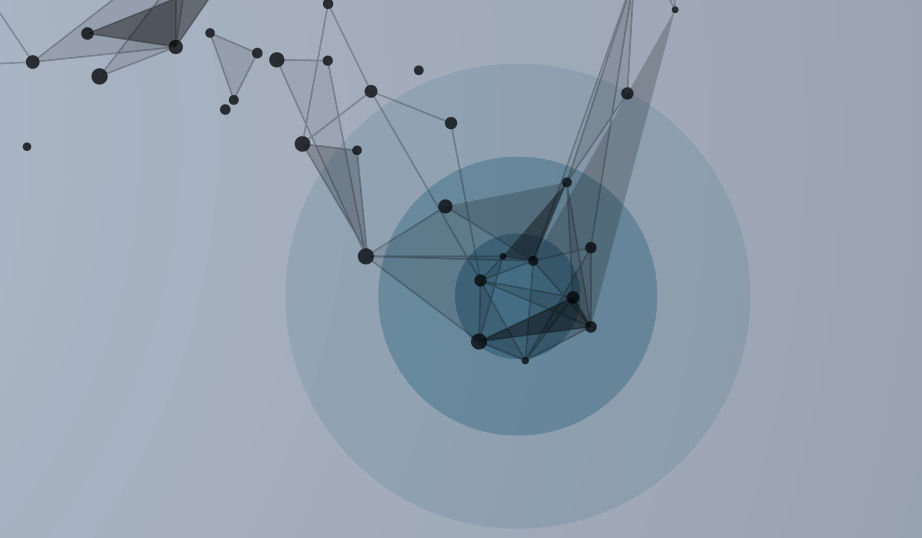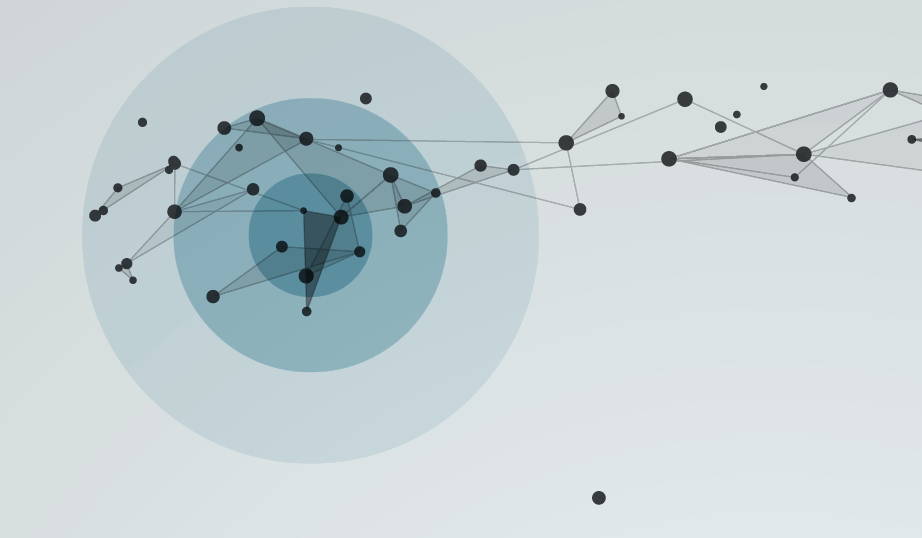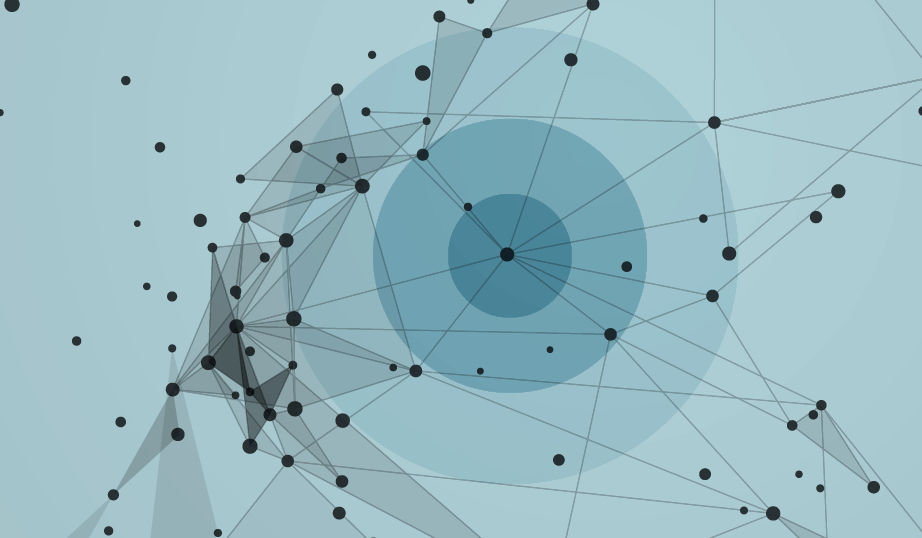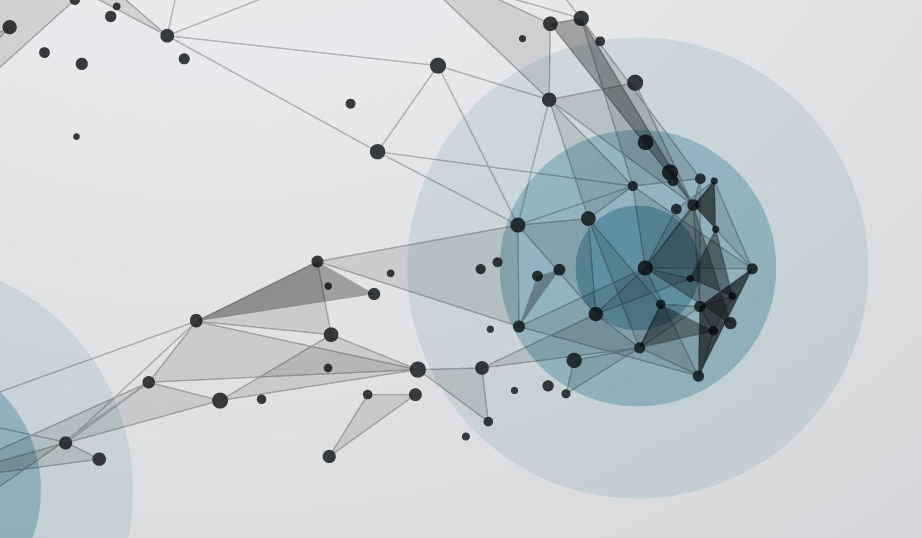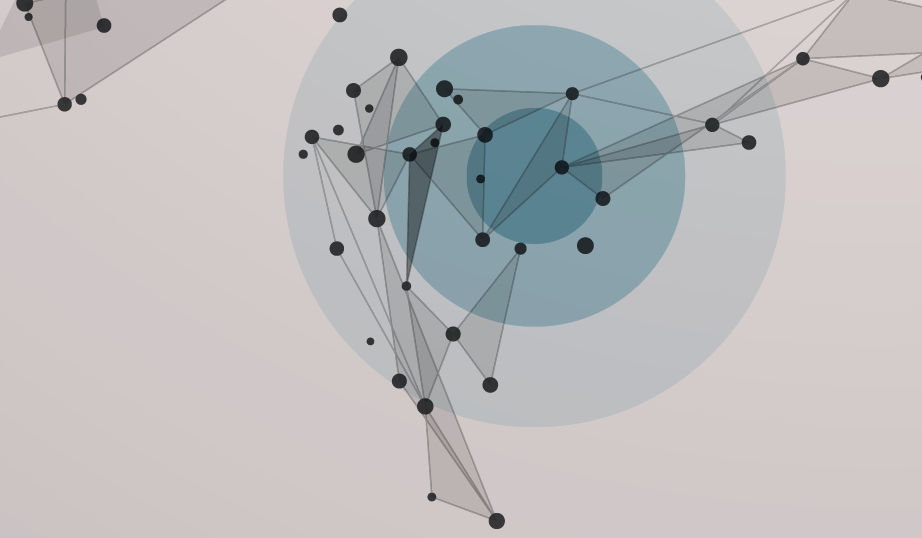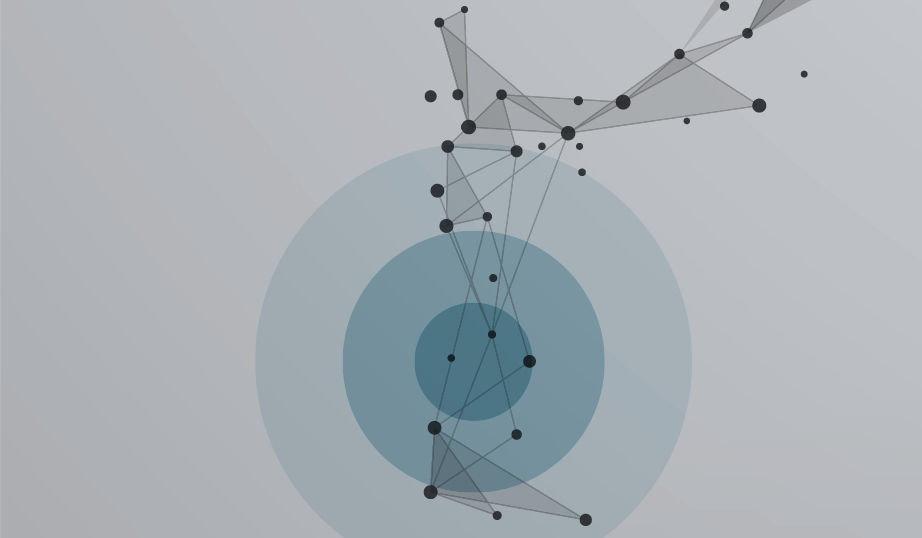Correction of misalignments in the legs (malrotation, in-/out-toeing)
Controlling growth in the legs in association with differences in leg length or knock knees/bow legs
Stabilisation procedures associated with brittle bone disease, in cooperation with paediatric endocrinologists
Treatment of benign tumours, e.g. bone cysts
Treatment for malpositioning and misalignment of the spine
Slipped capital femoral epiphysis (epiphysiolysis capitis femoris)
Painful restricted mobility (femoroacetabular impingement)
Hip socket too small (hip dysplasia)
Reconstruction/stabilisation associated with a meniscal injury
Reconstruction and/or replacement of the cruciate ligament
Stabilisation of the kneecap, including bone corrections
Correction of misalignments of the foot (e.g. hallux valgus)
Treatment for flat valgus foot or flatfoot
Stabilisation procedures associated with instability of the ankle joint










